Rise of the Dragon (Dynamix) - 1990
This review is part of the “Let’s Adventure!” series. See all reviewed games sorted by rating here.
Rise of the Dragon is a graphic adventure game released in 1990 for DOS and Macintosh, and later remade for the Sega CD (1993) as well as the Amiga. It was one of the few adventure game titles developed by Dynamix, a company that was better known as an action and flight simulator game developer. The game is set in a dark future cyberpunk version of Los Angeles.
This game really had “Sierra vibes”, which is kind of foreshadowing as it was actually published the same year that Dynamix was bought by Sierra On-Line.
Rise of the Dragon is a “Blade Runner”-esque dystopian future game. You play the role of William ‘Blade’ Hunter, who is investigating the death of the mayor’s daughter from an overdose of a design drug called MTZ that mutates victims and kills them.
You start off in Blade’s apartment and by moving the mouse around can interact with various things like the bed, the computer, the sink, cabinet … etc. There are very few interactive areas on each screen, and almost everything is important to advancing the plot.
Picking items up involves dragging and dropping them onto your character portrait in the lower right hand corner of the screen. Clicking the portrait also brings up you inventory, where you can examine items, drop them or drag them out of the inventory to be used on the current screen. Certain items can also be used directly on Blade, such as his clothes, trench coat, bullet proof vest and gun.
This threw me off at first because I knew I needed to “equip” some of the stuff I’d picked up, but I couldn’t figure out how to do it. Turns out you need to look at the item first (by right click on it), then when you exit that view you’re back on the inventory screen with Blade on the right - where you can now drag and drop stuff to him.
You move around Los Angeles by means of a quick travel map. You’ll discover new locations periodically that get added to this map, and you can go to them at any time once they’re uncovered. Depending on the time of day though, certain places may be closed or certain characters may not be available.
I actually found this to be a really interesting mechanic, as you had to pay attention to the time it took you to perform your investigation. For example, you can only go to city hall between 09:00 and 17:00, otherwise it’s closed.
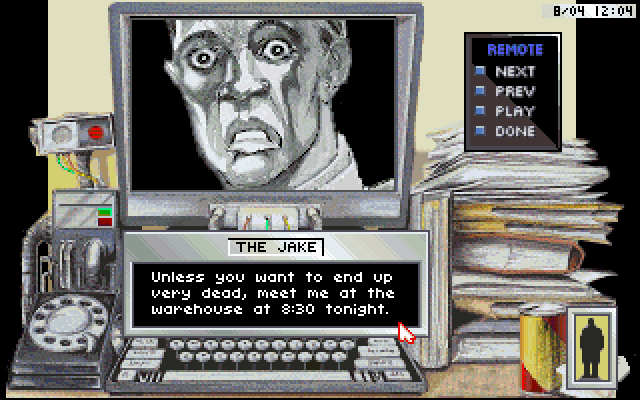 When he says 8:30PM - he means it. Go there earlier and no one’s there
When he says 8:30PM - he means it. Go there earlier and no one’s there
Watching the time can become a little tedious if you don’t know you can speed it up from the inventory screen. On first playthrough when you don’t know there are certain times events will occur, you can wander around aimlessly - but once you’re aware of when events will trigger you can just go to the right location and skip ahead an hour at a time really quickly to advance the story.
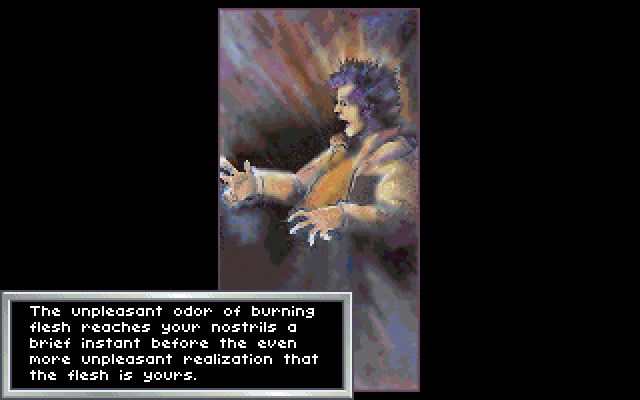 You’ll find multiple different ways to electrocute yourself in this game
You’ll find multiple different ways to electrocute yourself in this game
It’s pretty easy to screw up in this game, so it’s important to save often. Near the end of the game events are timed so you have to complete certain puzzles and sequences quickly or you’ll be captured and/or killed.
To mix it up a bit there are also a couple of arcade sequences mixed into this game. One involves moving crosshairs around the screen to try and shoot snipers before they shoot you, and the other is a side-scrolling shooter.
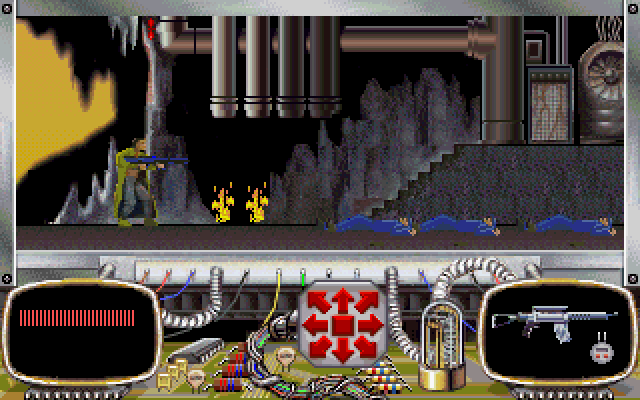 Ask me how I know you can skip this sequence if you fail too many times …
Ask me how I know you can skip this sequence if you fail too many times …
In the DOS version of the game the arcade sequences are actually optional-ish. If you lose too many times it’ll actually prompt you to ask if you want to automatically win and skip ahead, which is kind of humiliating … but appreciated …
Atmospherically this game looks, feels and sounds like a cyberpunk thriller. Though there isn’t much music, what is there does enhance the experience. For a 256 colour game the artwork is appealing and brings the story to life.
 You’ll see this screen on a game over as well - but the end of the game is also technically “game over” …
You’ll see this screen on a game over as well - but the end of the game is also technically “game over” …
I really love this game, but it’s important to point out that it’s incredibly short. There really isn’t all that much to do, the story progresses in an extremely linear fashion and the puzzles (other than tapping the phone line in the sewers!) aren’t too challenging.
As a fun piece of personal trivia, I actually started implementing the Dynamix Game Development System (DGDS) as an engine for ScummVM in 2012 but didn’t really get very far. This is the engine Rise of the Dragon, as well as a couple other Dynamix titles were scripted in, and my hopes were to make these titles more accessible on modern hardware.
Playing through this game gave me a chance to not only relive my past playthrough experiences, but also dig up some of my old disassembly notes from when I was trying to understand the inner workings of the engine over a decade ago.
A lot about Rise of the Dragon still resonates with me, and for anyone looking for a quick cyberpunk adventure game, I’d still recommend this title.
Game Information
| Game | Rise of the Dragon |
| Developer | Dynamix |
| Publisher | Sierra On-Line |
| Release Date | March, 1994 |
| Systems | Amiga, DOS, Macintosh, Mega-CD |
| Game Engine | DGDS |
My Playthrough
| How Long To Beat? | 5 hours |
| Version Played | DOS via DOSBox-X |
| Notes | Walkthrough |
Score
See here for a refresher on how we’re scoring these games.
| Atmosphere (20) | 17 |
| Story (25) | 17 |
| Experience (15) | 12 |
| Impact (10) | 7 |
| 76% |
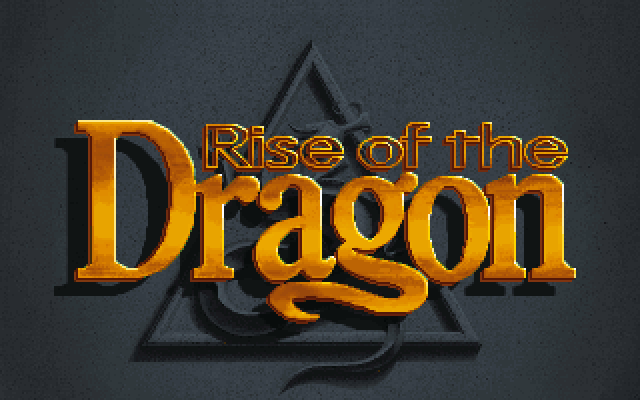

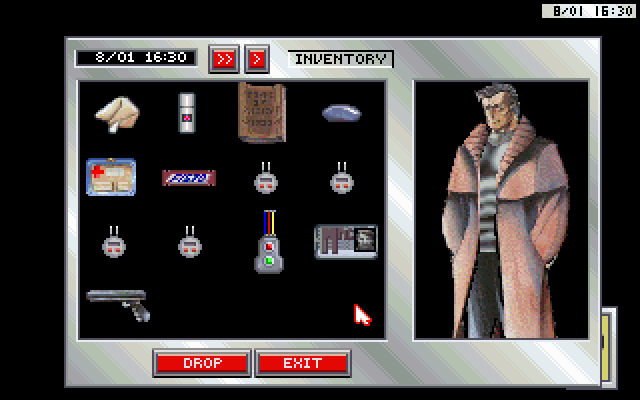
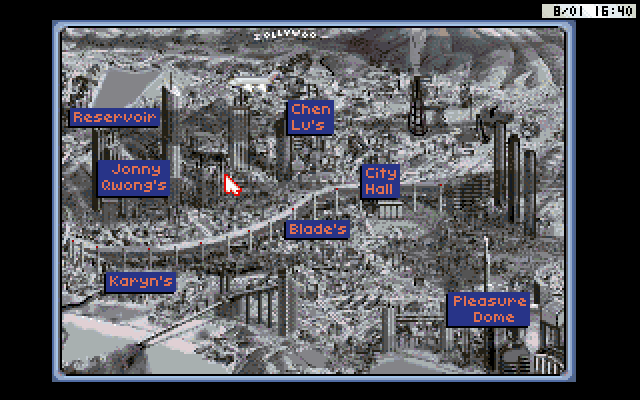
Comments powered by Disqus.